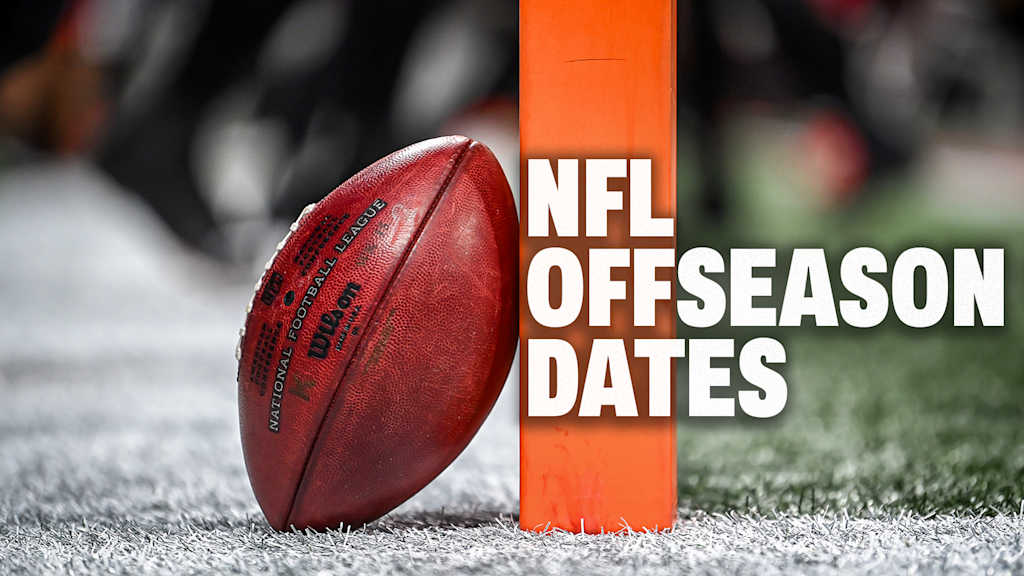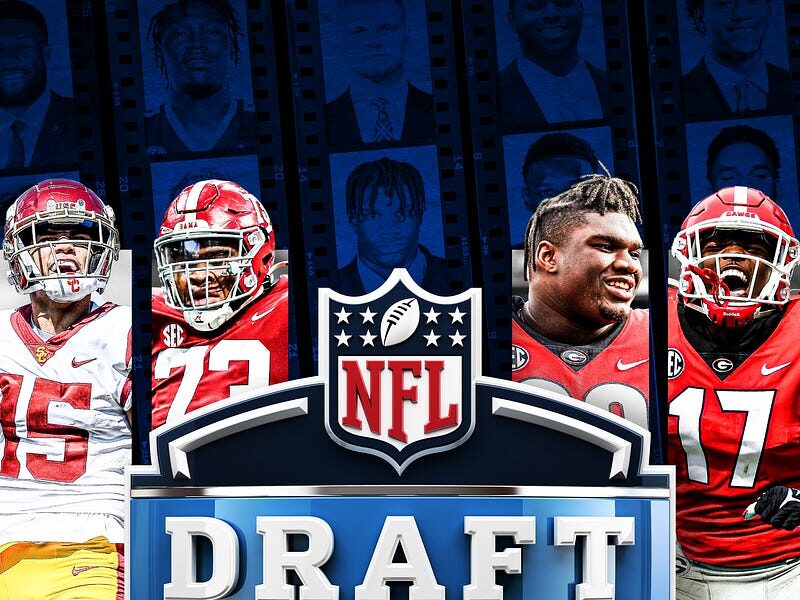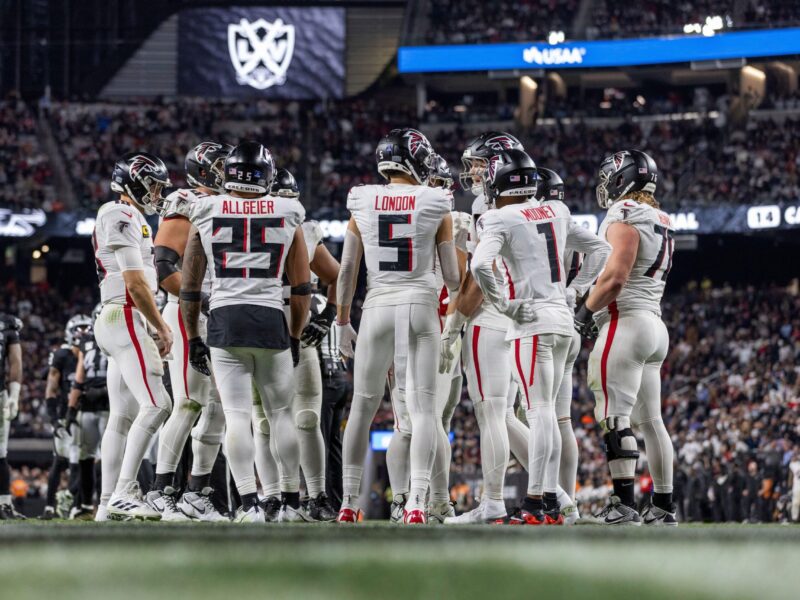The confetti has barely settled from the Super Bowl, but for die-hard NFL fans and the teams themselves, the “offseason” is anything but off. It’s a critical period of evaluation, rebuilding, strategic maneuvering, and ultimately, laying the foundation for the next championship run.
Forget hibernation; the NFL calendar is packed with crucial dates that shape rosters, generate buzz, and fuel hope across all 32 fanbases. Staying informed about these key moments makes you a smarter fan and helps you understand the moves (or non-moves) your favorite team is making.

Mark your calendars! Here are the essential NFL offseason dates and periods every fan should know (Note: Exact dates can shift slightly year-to-year, but the timing is generally consistent):
1. NFL Scouting Combine (Late February / Early March)
- What it is: The ultimate job interview for top draft-eligible college players. Prospects gather in Indianapolis for medical evaluations, interviews with teams, and on-field drills testing speed, strength, agility, and position-specific skills (like the famous 40-yard dash).
- Why it matters: It’s the first major opportunity for teams to get up-close, standardized data on hundreds of prospects. Performances here can significantly boost (or hurt) a player’s draft stock. For fans, it’s our first glimpse of the potential future stars in NFL gear, fueling endless draft speculation.
2. Franchise/Transition Tag Window (Late February – Early March)
- What it is: Teams can designate one pending unrestricted free agent with either a Franchise Tag or Transition Tag.
- Franchise Tag: Guarantees the player a one-year contract at a salary based on the average of the top five salaries at their position (or 120% of their previous salary, whichever is higher). It restricts the player from hitting the open market, though compensation (usually two first-round picks) is required if another team signs them and the original team doesn’t match.
- Transition Tag: Similar, but based on the top ten salaries, and the original team only gets the right to match an offer sheet, with no draft pick compensation if they decline.
- Why it matters: This is a team’s primary tool to retain a star player set to hit free agency, buying time for long-term contract negotiations or securing their services for one more year. Tag decisions often signal a team’s priorities.
3. “Legal Tampering” Period (Mid-March, precedes Free Agency)
- What it is: A two-day window before the official start of free agency where teams can begin negotiating contracts with the agents of players set to become unrestricted free agents from other teams. Deals cannot be officially signed yet, but the framework is often agreed upon.
- Why it matters: This is where the free agency frenzy truly begins! Rumors fly, and major deals are often reported during this period, giving fans a clear picture of where top free agents are likely heading before the market officially opens.
4. Start of the New League Year / Free Agency Begins (Mid-March)
- What it is: The official start of the new NFL calendar year. All 2023 contracts expire, free agency officially opens, and trades agreed upon earlier (that couldn’t be processed until the new league year) become official. Teams can sign free agents, and the salary cap officially resets.
- Why it matters: This is when the signings reported during the tampering period become official, and the remaining free agents are up for grabs. It’s a whirlwind of player movement that drastically reshapes team rosters and future outlooks.
5. NFL Draft (Late April)
- What it is: The marquee event of the offseason. Over three days, teams select eligible college players, restocking their rosters with young talent. Held in a different host city each year, it’s a spectacle filled with hope, anticipation, and sometimes shocking picks.
- Why it matters: This is the primary mechanism for teams to acquire foundational players and build for the future. Draft choices dictate team strategy for years to come and provide endless debate material for fans.
6. Offseason Workout Programs Begin (April)
- What it is: Teams begin voluntary offseason programs, often starting with strength and conditioning (Phase One), moving to individual drills (Phase Two), and eventually incorporating non-contact team drills (Phase Three – OTAs).
- Why it matters: It’s the first time veterans and newly acquired players (free agents/rookies) get together, begin learning the playbook, and build team chemistry.
7. Schedule Release (Usually May)
- What it is: The NFL unveils the full regular-season schedule, week by week, opponent by opponent, including dates, times, and broadcast information.
- Why it matters: Pure fan excitement! We finally know who plays who and when. Fans can start planning road trips, identifying key matchups, primetime games, and debating their team’s strength of schedule.
8. OTAs and Mandatory Minicamp (May – June)
- What it is: Organized Team Activities (OTAs) are voluntary team practice sessions (though highly encouraged). Mandatory Minicamp is typically a three-day session that all players under contract must attend. These involve more on-field work, playbook installation, and team drills (still largely non-contact).
- Why it matters: This is the most significant team activity before training camp, crucial for installing offensive and defensive schemes and evaluating player progress.
9. Training Camp (Late July – August)
- What it is: The official ramp-up to the season. Teams gather for several weeks of intense practices, position battles heat up, and rosters begin to take shape. Contact is allowed, and players compete fiercely for starting jobs and roster spots.
- Why it matters: This is where the final preparations are made, rookies try to impress, veterans solidify their roles, and the initial 53-man roster starts to crystallize.
10. Preseason Games (August)
- What it is: A series of exhibition games allowing teams to evaluate talent (especially rookies and depth players) in live-game situations before the regular season begins. Starters usually play sparingly, if at all, especially later in the preseason.
- Why it matters: Crucial for final roster decisions, evaluating depth players, and giving rookies valuable game reps.
11. Roster Cutdown Deadlines (Late August / Early September)
- What it is: Teams must trim their rosters from the 90-man training camp limit down to the final 53-man regular-season roster by a specific deadline.
- Why it matters: A difficult time for players, but necessary for finalizing the team. This also creates a pool of available players for teams to potentially claim off waivers.
From the Combine’s workouts to the final roster cuts, the NFL offseason is a continuous cycle of activity that directly impacts the product we see on the field come September. Keep these dates in mind, and you’ll have a front-row seat to the fascinating process of team building in the NFL.
Which NFL offseason event are you most excited about this year? Let us know in the comments!

